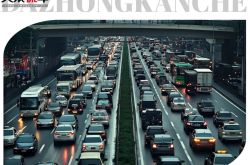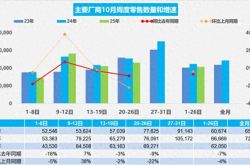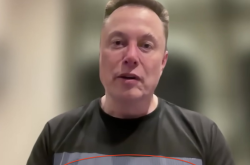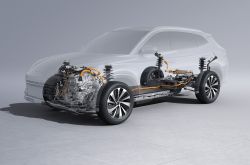Shanghai Auto Show 2025: A Return to Simplicity, No Smart Driving Boasts or 'Golden Lines'
![]() 04/25 2025
04/25 2025
![]() 659
659
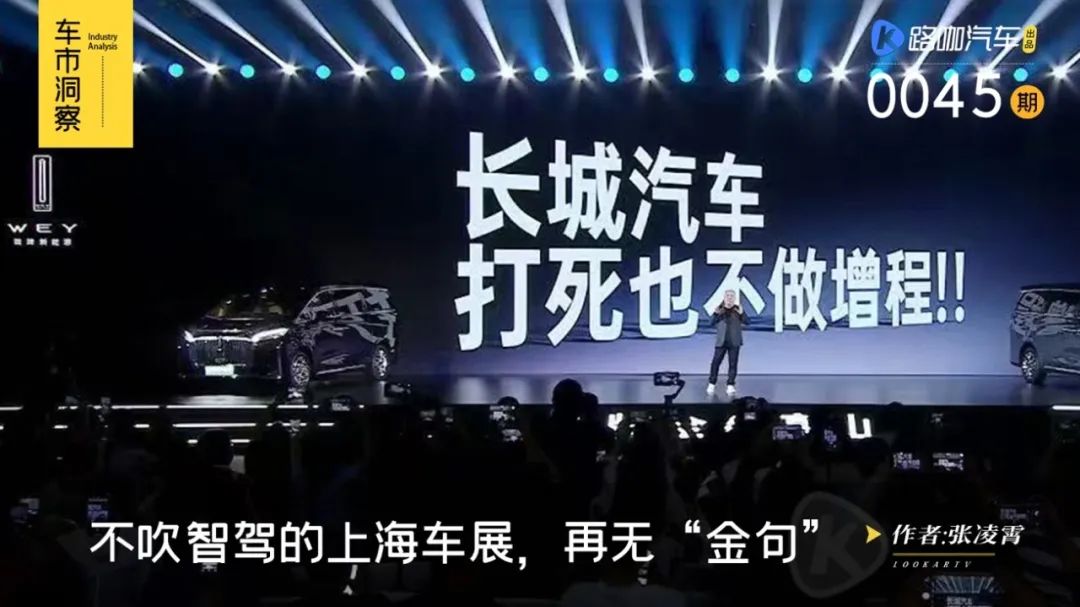
Free from heated debates, executive visits, and internet celebrities perched on car roofs, the 2025 Shanghai Auto Show is gradually reclaiming its original mission—selling cars.
On the eve of the show, Mu Feng, President of Great Wall Motors, made headlines by announcing at the pre-sale launch of the new WEY Gaoshan model that "Great Wall Motors will never pursue extended-range technology." This statement quickly went viral on social media.
Prior to the show's opening, authorities explicitly banned exaggerated promotion of smart driving features. Rumors also circulated that automakers' executive visits to each other's booths during the show would be restricted. Consequently, this year's Shanghai Auto Show was notably less boisterous.
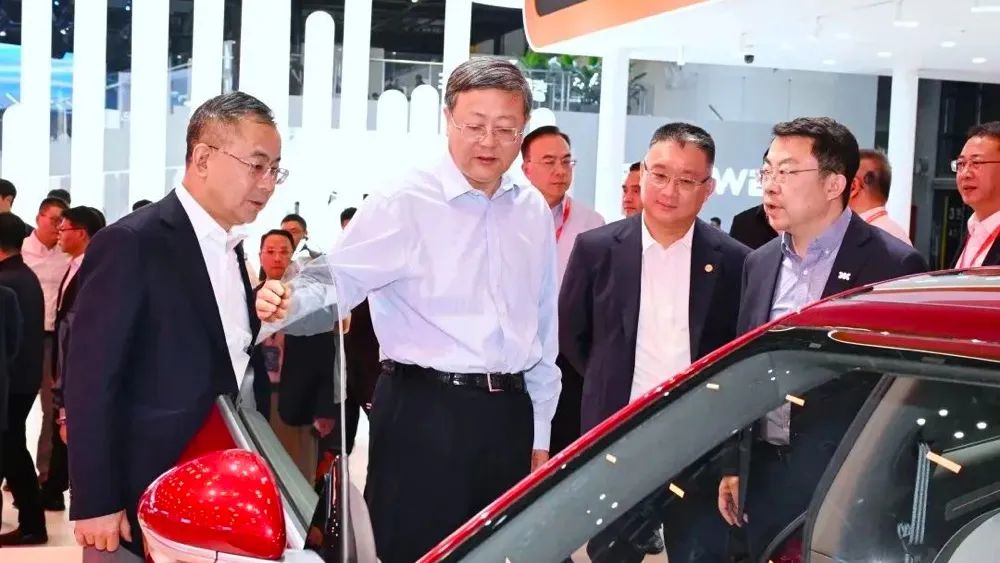
Recalling the previous Shanghai Auto Show two years ago, it was marked by memorable quotes and a strong sense of rivalry. Qin Peiji, then President of Volvo China Sales, boldly stated when introducing Volvo's new all-electric flagship SUV EX90, "What the new forces can do, we can learn in three years; what we can do, the new forces can't learn in ten years."
The new players were not to be outdone, taking jabs at fuel vehicles. Li Bin's remark that "you can drive an electric car to Everest Base Camp where fuel vehicles can't go" swiftly went viral. Beyond these jabs and subtle criticisms, executives openly flouted advertising laws by using phrases like "the best within 10 million" and "the best within 5 million" at the show. Such "famous scenes" are unlikely to be repeated at the 2025 Shanghai Auto Show.
Before the public days commenced, sales teams from various brands were already on high alert. On the first day of the media day, a wealthy Middle Eastern visitor immediately fell in love with the Zeekr 9X and expressed interest in purchasing it on the spot.
No smart driving boasts, no golden lines
At this year's Shanghai Auto Show, automotive industry leaders were significantly more reserved in their words and actions, to the extent that the most notable quote was "Great Wall Motors will never do extended-range." In fact, Great Wall had expressed a similar stance before.
At the previous Shanghai Auto Show, Li Yunfei, General Manager of BYD Brand and Public Relations, bluntly told the media, "As far as we know, fuel vehicle manufacturers will no longer engage in new R&D for pure fuel vehicles, meaning that in three or four years, there will be no new fuel vehicles in the world."
Two years have passed, and new fuel vehicles continue to emerge incessantly. While the penetration rate of new energy vehicles is steadily increasing, almost no one dares to predict "when fuel vehicles will disappear." The internal combustion engine, once belittled, is now holding its head high due to the popularity of plug-in hybrids and extended-range vehicles. Especially at this year's Shanghai Auto Show, mainstream automotive groups predominantly showcased their latest plug-in hybrid or extended-range technologies.
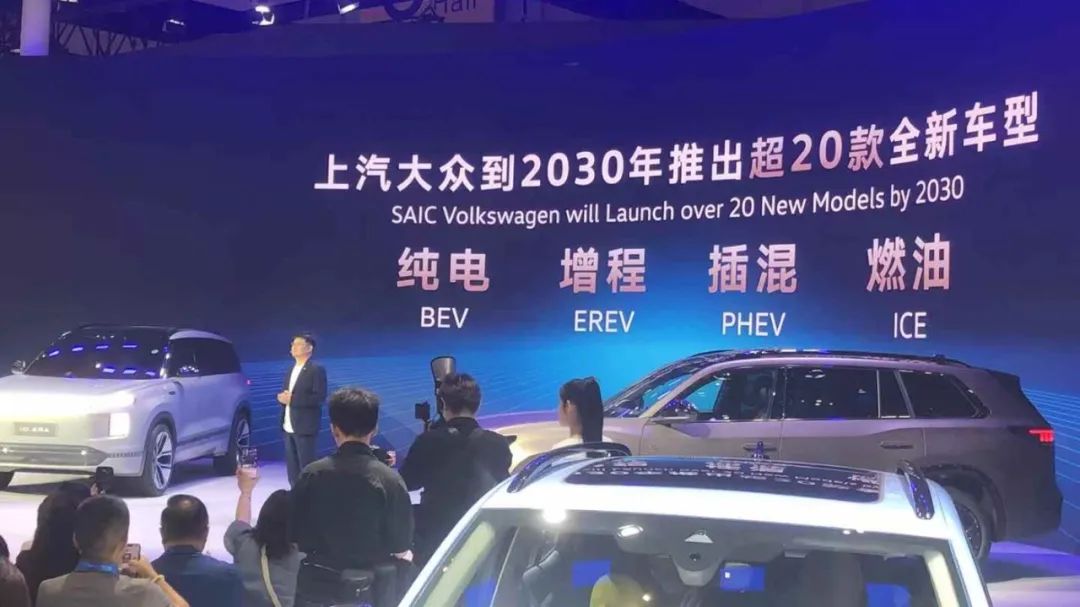
Behind this shift, besides executives no longer daring to make outlandish statements, another reason is that no one is confident enough to accurately foresee the future.
During the show, Lu Xiao, General Manager of SAIC-GM, stated in an interview that fuel vehicles will still maintain over 25% market share in the future. On the eve of the Shanghai Auto Show, Buick officially launched SAIC-GM Buick's new "Xiaoyao" super fusion architecture and new high-end new energy sub-brand "Zhijing," capable of fully covering three new energy technologies: pure electric, plug-in hybrid, and extended-range.
At the show, SAIC Volkswagen unveiled five new models simultaneously. Tao Hailong, General Manager of SAIC Volkswagen Automobile Co., Ltd., announced that SAIC Volkswagen will introduce over 20 new models by 2030, encompassing various power forms such as fuel, extended-range, plug-in hybrid, and pure electric.
This largely reflects the current mindset of large automakers, preparing for all eventualities in the face of an uncertain future.
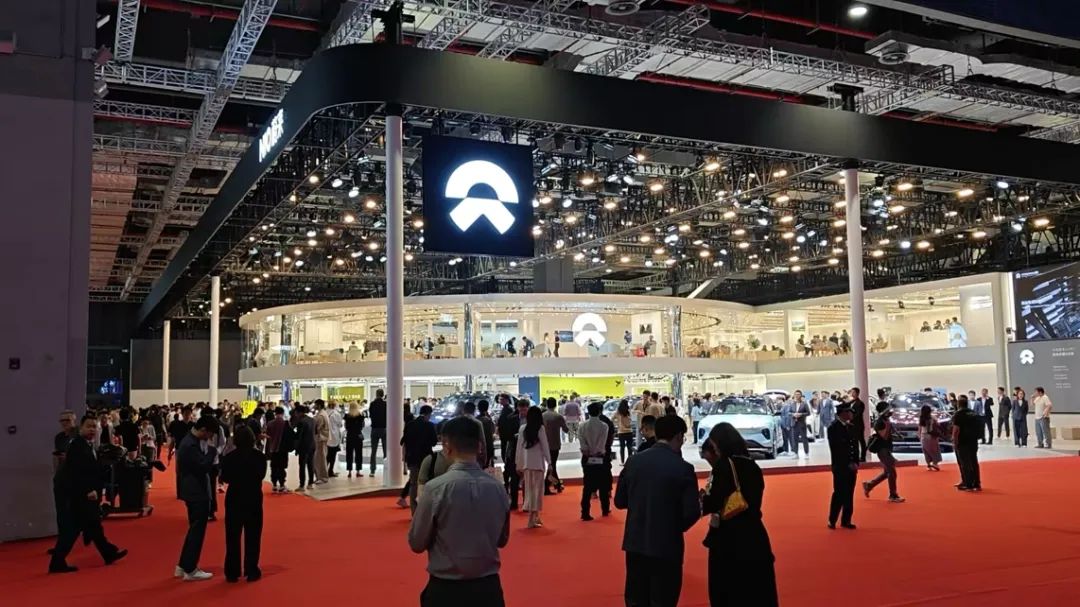
Li Bin, who neither disparages fuel vehicles nor talks about user-centric enterprises, emphasized in an interview during the show, "Technological innovation is the foundation of NIO." Even when confronted with a pointed question like "Will megawatt flash charging pose a challenge to battery swapping?", Li Bin calmly responded, "Dare ultra-fast charging offer a 10- or even 15-year warranty like we do? If they can, I'll be impressed."
In summary, with stringent restrictions on smart driving promotion, automakers are also transitioning from the virtual to the real. To a certain extent, a company's technological reserves directly determine how many cards it can hold in its hand.
In the face of an uncertain future, standards have also become blurred. When asked about his view on Huawei's IPD process, Lu Xiao replied that SAIC-GM's GVDP product development process was more suitable for them; a Mercedes-Benz executive stated, "Mercedes-Benz is Mercedes-Benz because it is always defining the highest standards."
Shen Fei, who recently took up his new position at Ledao, said during the Shanghai Auto Show, "Ledao has no direct competitors. If there are any, they are all cars that cannot comfortably seat the whole family." A Smart executive mentioned in an interview that Smart has never solely focused on small cars but rather pursues the ultimate life experience.
In essence, automakers are beginning to learn self-consistency rather than chasing the same goal. Foreign media have reported that "understanding the Shanghai Auto Show can predict the direction of the automotive industry in the next five years."
Auto show returns to its original purpose of selling cars
At this year's Shanghai Auto Show, there were still numerous foreign faces, including corporate executives, foreign dealers, and media practitioners. Many foreigners showed interest in Chinese cars. After visiting the Zeekr booth, a wealthy Middle Eastern visitor expressed a desire to purchase all the cars on display. Unlike last year's Beijing Auto Show, where automakers' executives visited each other's booths, diverting attention from the show itself.
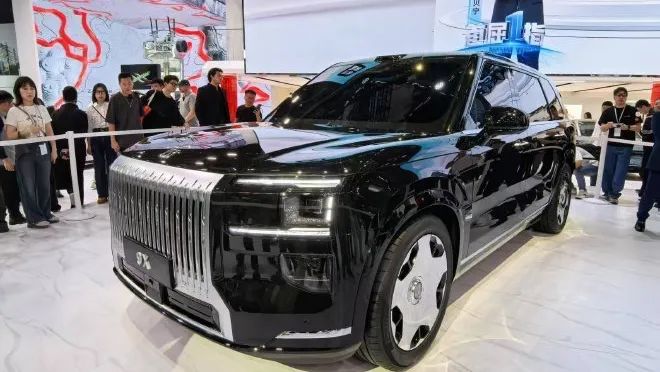
Prioritizing car sales over technology showcasing reminds Li Wei (pseudonym) of scenes from auto shows over a decade ago.
He recounted how, at the 2012 Beijing Auto Show, the Mercedes-Benz G65 AMG made its mainland debut. After a wealthy individual fell in love with it, he wanted to pay and drive it away immediately. The booth staff patiently explained that the display car was shipped from Hong Kong and could not be sold. There were no ready-made cars in mainland China, and a down payment would be required with a waiting period. The individual handed over his Bentley car keys to the staff and said he would arrange someone to pick up the money and return shortly.

As an automotive industry practitioner, Li Wei referred to those years of large-scale auto shows as the golden age of automotive consumption. "The staff didn't even have to actively introduce the cars, and consumers would come up to inquire and place orders," he said. Even earlier auto shows, when cars were scarce, if one saw a car they liked at the show, they would leave their business card and wait for the salesperson to contact them.
He lamented that recent auto shows have increasingly become stages for automakers to show off their technology. As competition intensifies, car prices continue to drop. At the show, manufacturers have to think creatively and use all their skills just to secure a contact.
Li Bin mentioned that at this year's Shanghai Auto Show, many of NIO's partners attended the event. In the past, NIO adopted a direct sales model for its overseas layout, but last year it adjusted its strategy and adopted a partnership approach. "I just met with partners from Singapore at the ET9 booth on the first floor," Li Bin said.
As Qin Lihong from NIO noted, originally, three exhibition stands were prepared for the three brands at this year's Shanghai Auto Show, but later, to save costs, NIO and Firefly were placed together.
In essence, as everyone learns to be thrifty, streamlining the exhibition stand area, removing cumbersome and redundant scenery and decorations, and expanding the sales team have become the common choices of most automakers. After all, showcasing technology carries risks, and selling cars remains the top priority.


